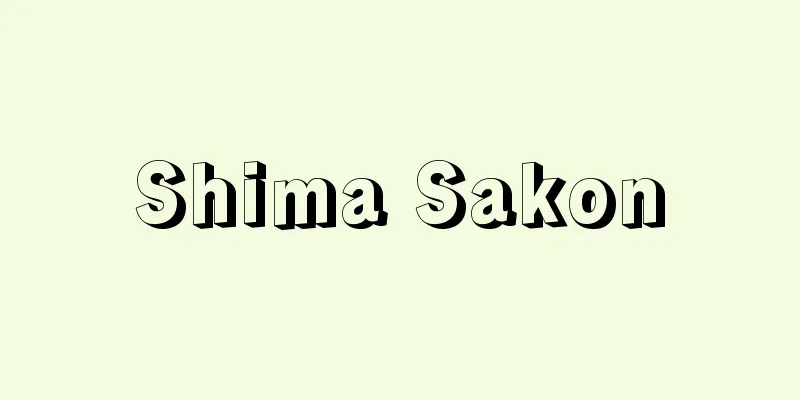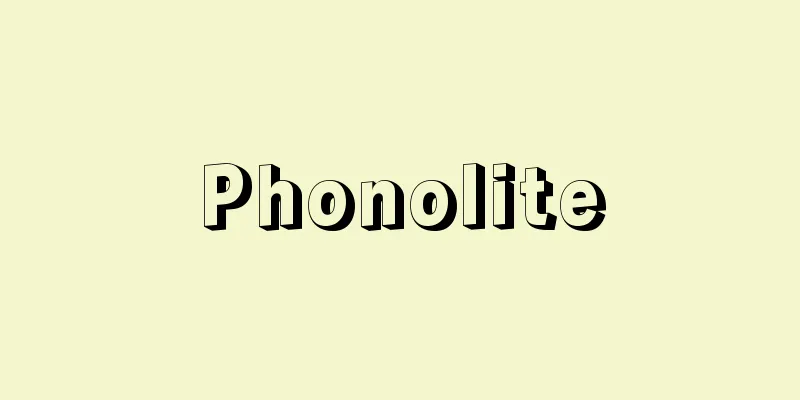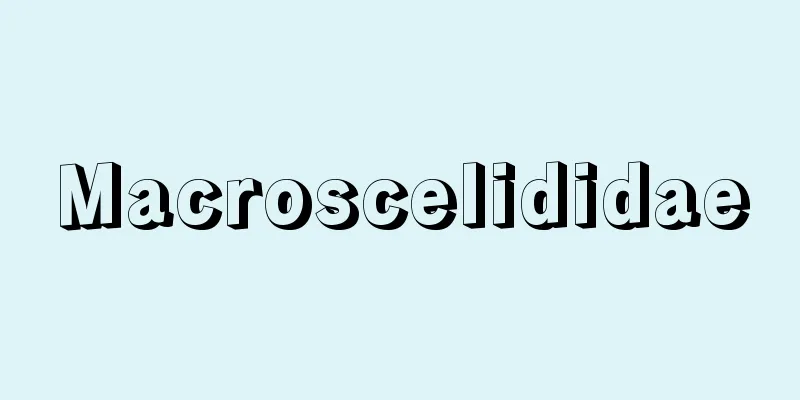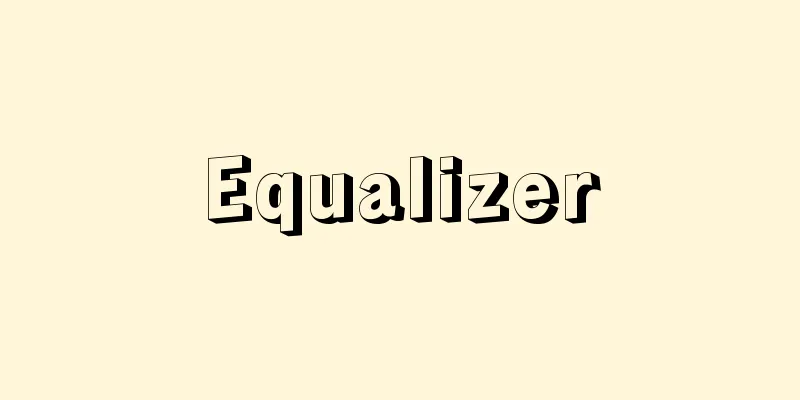Signature - Shomei

|
A person handwrites (signs) his/her name to identify the person and clarify the person's responsibility. Used in various legal fields. (1) Signature of documents Generally, private and public documents require a signature. In Japan, not only a signature but also a seal is often required at the same time. In principle, an act without a signature is invalid. However, there are many exceptions. When filing a family register, if you do not have a seal, you can simply sign, and if you are unable to sign, you can have someone else write your name and simply stamp your seal. If you are unable to sign and do not have a seal, you can have someone else write your name and use your thumbprint (Article 62 of the Enforcement Regulations of the Family Register Act). In criminal proceedings, if you are unable to sign and stamp a document, you can have someone else write it for you, and if you are unable to stamp a document, you must use your finger (Article 61 of the Criminal Procedure Regulations). Signatures under the Commercial Code, Companies Act, Bills and Notes Act, and Checks Act can be replaced with a signed seal. The Emperor's signature is called a personal signature and is used for imperial edicts, etc. Creating a document in someone else's name is called document forgery, and is a crime. In addition, forging or misusing a seal or signature, or using a forged seal or signature, is a crime. (2) Signature of Laws and Cabinet Orders Laws and Cabinet Orders are signed by the Prime Minister as the Chief Minister of State, or countersigned together with the Chief Minister of State (Article 74 of the Constitution). This is to clarify the responsibility for enforcement of laws, and the responsibility for enactment and enforcement of Cabinet Orders. (3) Signatures for direct petitions The Local Autonomy Law allows residents to make direct petitions to enact, amend or repeal ordinances, dissolve assemblies, and dismiss officials such as assembly members and mayors. However, for a petition to be valid, it must be signed and stamped by a certain number of eligible voters. Signatures whose number is difficult to verify are considered invalid. Illegal signature campaigns are subject to criminal penalties (Local Autonomy Law, Article 74 et seq.). (4) Signing of a Treaty When negotiations to conclude a treaty are concluded, the plenipotentiaries of the parties to the treaty sign it. This is also called signing. The contents of the treaty are finalized, but a treaty usually requires approval by the Diet in order to come into force. (5) Signature campaigns Signature campaigns are prohibited in relation to election campaigns (Article 138-2 of the Public Offices Election Act). In addition, signatures are used in a wide range of fields, including in practical terms, such as signatures to ban atomic and hydrogen bombs, oppose price increases, and oppose the Security Treaty. [Yasuhito Abe] Signature of the work of art"Sho" means to write or to inscribe, and in China and Japan it refers to the artist writing his/her own name or pen name on a work of art. This custom only became widespread in the early modern and modern eras, and is not seen much in ancient times. For example, there are no signatures on paintings from the Asuka and Nara periods, and some sculptures (Buddhist statues) have inscriptions with the artist's name engraved on them (e.g., the Shaka Triad and the Shitennou Statues in the Golden Hall of Horyuji Temple), but these do not constitute signatures. Paintings from the Heian period, Buddhist paintings, and picture scrolls also do not bear signatures, but Buddhist paintings were painted as objects of worship and did not require signatures. In the Kamakura period, picture scrolls and Buddhist sculptures often had the artist's name added to them. In particular, Unkei and Kaikei wrote their names directly on the inside of the statue (Dainichi Nyorai statue at Enjoji Temple) or wrote their names on the nameplate placed inside the statue (Amida Sanson statue at Jorakuji Temple), but Kaikei is known to have engraved his own name, "Annami," on the tenon of the statue's foot (Sanjusangendo Thousand-Armed Kannon statue). When ink painting became popular in the Muromachi period, many artists such as Sesshu began to sign their names in the corners of the painting, but signatures are rarely seen on temple screens and other paintings. In the Edo period, signing paintings became common, and many artists of Buddhist statues, such as Enku and Mokujiki, wrote their names on the back of their statues or engraved them with a chisel. [Shinichi Nagai] The history of signatures, usually called signatures, on Western artworks can be traced back to the Greek vase paintings of the 6th century BC. They were rarely seen in the Middle Ages, but became common from the Renaissance onwards as artists began to develop a sense of individuality. Early examples include the studio names of Pisano, Giotto and Bellini. Dates, which are added to signatures to indicate the year of production, began to appear in the 14th and 15th centuries AD. Some artists, such as Dürer, use monograms instead of signatures. These are usually compound letters that combine the artist's initials in a decorative way. Some artists are only known by their monograms, for example, as the "Printmaker of ES". A signature is written by the artist himself at the end of the work, acknowledging the completion of the work, and therefore publicly indicates the artist's responsibility. Therefore, it is an important clue in the study of artworks and in authenticity assessment. In addition, for prints that have been produced multiple times, the presence or absence of a signature is particularly important, as its commercial value can vary greatly. A signature is an essential element that constitutes a work of art. [Oi Kenchi] [References] | | | |Source: Shogakukan Encyclopedia Nipponica About Encyclopedia Nipponica Information | Legend |
|
行為者の同一性を示し、行為者の責任を明らかにするために行為者が自己の氏名を手書き(自署)すること。種々の法分野で用いられる。 (1)文書の署名 一般の私文書、公文書には自署が要求される。日本では署名だけでなく、捺印(なついん)(押印)も同時に要求されることが多い。署名を欠く行為は原則として無効である。しかし、例外も少なくない。戸籍の届出では署名し、印を押すべき場合に、印を有しない者は署名するだけで足りるし、署名することができないときは氏名を代書させ、印を押すだけで足りる。署名することができず、かつ印を有しないときは氏名を代書させ、拇印(ぼいん)するだけで足りる(戸籍法施行規則62条)。刑事手続でも署名・押印すべき場合に署名できないときは他人に代書させ、押印することができないときは指印しなければならない(刑事訴訟規則61条)。商法、会社法、手形法、小切手法上の署名は記名捺印でかえることができる。なお、天皇の署名を親署といい、詔書などに用いられる。なお、他人名義の文書を作成することを文書偽造といい、文書偽造罪になる。また、印章・署名を偽造または不正使用したり、偽造した印章・署名を使用すると、印章偽造罪になる。 (2)法律・政令の署名 法律・政令には内閣総理大臣が主任の国務大臣として署名し、または主任の国務大臣とともに連署する(憲法74条)。法律については執行の責任、政令については制定と執行の責任を明らかにするためである。 (3)直接請求の署名 地方自治法上、住民が条例の制定改廃、議会の解散、議員・長などの役職者の解職などを請求する直接請求の制度が認められているが、その請求が成立するためには一定数以上の選挙権者の連署と押印を必要とする。何人(なんぴと)であるかを確認しがたい署名は無効とされる。違法署名運動には刑罰が科せられる(地方自治法74条以下)。 (4)条約の署名 条約締結の交渉がまとまったとき条約当事国の全権委員は署名する。これを調印ともいう。これにより条約の内容は確定するが、条約が成立するためには通常、国会の承認を要する。 (5)選挙運動の署名 選挙運動に関しては署名運動は禁止されている(公職選挙法138条の2)。 そのほか、原水爆禁止や物価値上げ反対、安保条約反対の署名など、事実上の領域においても、署名は広範な分野において用いられる。 [阿部泰隆] 美術作品の署名「署」には書く、表書きをするなどの意があり、中国、日本では美術作品に作者が自己の名あるいは雅号を記すことをいう。この習慣が広く行われるようになったのは、近世・近代になってからのことで、古くはあまり例をみない。たとえば飛鳥(あすか)・奈良時代の絵画の遺品には署名は見当たらず、彫刻(仏像)には銘文を刻んで作者名を記入したものもあるが(例、法隆寺金堂(ほうりゅうじこんどう)釈迦三尊像(しゃかさんそんぞう)、四天王像(してんのうぞう))、署名にあたらない。平安時代の絵画の作品、仏画や絵巻にも署名はないが、仏画の場合とくに礼拝する対象として描かれたものであって署名を必要としなかった。鎌倉時代に入ると、絵巻や仏像彫像に作者の名を付することがしばしばみられる。とくに運慶・快慶の場合、仏像の胎内に直接墨書きしたり(円成寺(えんじょうじ)大日如来像(だいにちにょらいぞう))、胎内に納入する銘札に名を記したりしている(浄楽寺阿弥陀三尊像(あみださんそんぞう))が、快慶は仏像の足の枘(ほぞ)に「安阿弥(あんなみ)」と自号を刻書したものがみられる(三十三間堂千手観音像(せんじゅかんのんぞう))。室町時代になり水墨画が盛んになると、雪舟など多くの画家は画面の隅に署名をするようになったが、寺院の障壁画などにはほとんど署名をする例はみられない。江戸時代になると絵画では署名をすることが普通になり、仏像作者では円空、木喰(もくじき)など像の背面に墨書したり、のみで名を刻んだものが多い。 [永井信一] 西洋の美術作品に施された、通常、サインとよばれる署名signatureの歴史は、紀元前6世紀のギリシアの壺絵(つぼえ)にその起源をみることができる。中世にはまれにしかみることができないが、作者の個我意識が目覚めるとともにルネサンス以降からは一般化していく。ピサーノ、ジョット、ベッリーニらの工房銘が早い例である。署名に付して制作年を示す年記dateは紀元後14、15世紀から現れている。デューラーなどのように署名のかわりとしてモノグラムmonogramを用いることもある。これは通常、作者のイニシアルを装飾的に組み合わせた複合文字である。モノグラムによってのみ認知されている作家もあり、たとえば「ESの版画家」などとよばれている。署名は、作品の完成を自認して作者自身の手で最後に記されるのであるから、作者の責任を公的に示すものである。それゆえ、作品研究や真贋(しんがん)鑑定のうえで重要な手掛りとなっている。また、複数制作の版画ではサインの有無によって商品価値が大きく異なるのでとくに重視される。署名は美術作品を構成する、欠かせない一要素である。 [大井健地] [参照項目] | | | |出典 小学館 日本大百科全書(ニッポニカ)日本大百科全書(ニッポニカ)について 情報 | 凡例 |
Recommend
Obanazawa Basin
...It is also called the Murayama Basin. To the n...
Islamic Sansai
...As a result, the shapes and glaze tones were n...
Browse
The eyebrows are the group of hairs that grow den...
Naram-Sin
King of the Akkadian dynasty of ancient Mesopotami...
Kinjo Saitenzan - Kinjo Saitenzan
A storyteller. (1) The first, around the time of t...
Intarsia (English spelling)
A type of marquetry. When it is made only from pie...
Hua Hong-ming; Ku Hung-ming
Born in 1857 in Penang, Malaya. [Died] 1928. A sch...
Tanegashima-shi - Tanegashima-ji
Kanmu Heishi. A clan that has ruled Osumi Tanegash...
Melastoma - Peony
An evergreen shrub of the Melastomataceae family ...
Periplus maris Erythraei
A book that describes the maritime trade between t...
Ukrainian ethnic organizations - Ukrainian ethnic organizations
... Some Ukrainians who experienced the abolition...
Australia antigen
HB S antigen is the surface antigen of the hepatit...
Röntgen, J.
… In the 17th and 18th centuries, citizen perform...
Albert Oppel
1831‐65 German geologist and paleontologist. Profe...
Square tomb - Houfun
A kofun (tumulus) with a square-shaped mound in p...


![Yanai [city] - Yanai](/upload/images/67cd0c32d8230.webp)






